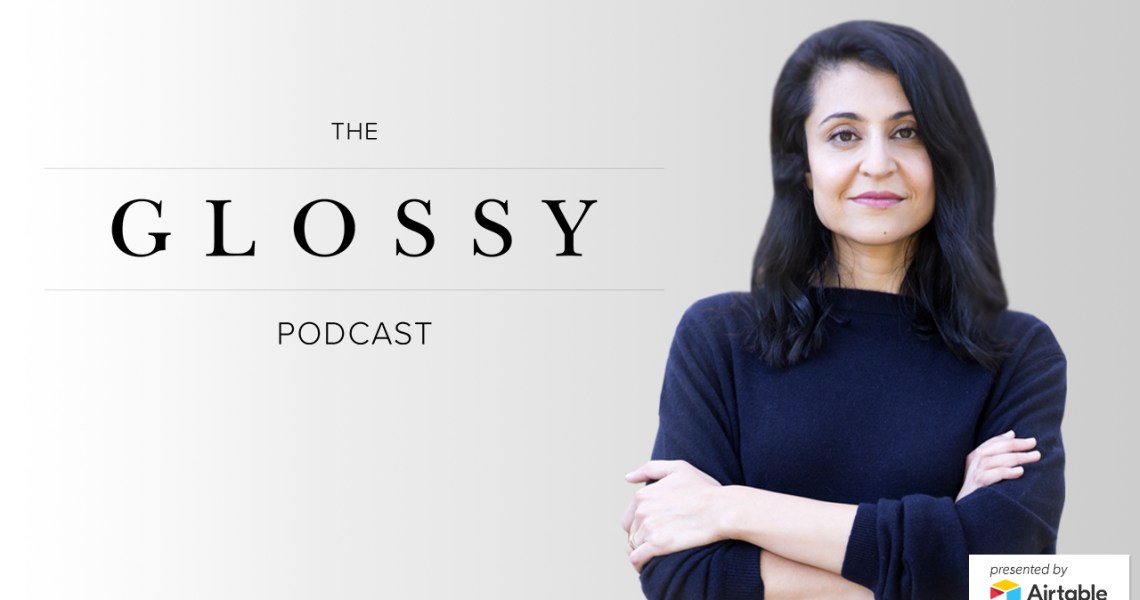Subscribe: iTunes | Stitcher | Google Play | Anchor
In 2011, while running a boutique in San Francisco, Rati Levesque noticed her customers were becoming more interested in the items in store that were on consignment than the new products she carried, despite their higher price point. That’s when Julie Wainwright approached her with the idea of The RealReal, an online marketplace for authentic luxury consignment. Levesque was convinced to join on as chief merchant, and two weeks later, she shut down her store to work on the startup full-time, out of Wainwright’s house.
Shortly after she and Wainwright moved their workspace to a warehouse in Marin County, they received a call signaling they were onto something: “Someone called us to ask us the resale value of a Chanel bag,” said Levesque, on the Glossy Podcast. “They said that’s how they were going to make their decision on [whether to] purchase in the primary market.”
Since, she and Wainwright have been growing the business. Today, The RealReal has sold over 9 million pieces, and the team is working to expand its physical footprint. They recently opened the first brick-and-mortar location in NYC.
Over the years, it has been pitted as a competition to luxury brands, forcing a difficult relationship with them — but, Levesque said, she’s seeing a shift: “If [customers] want to buy the new Gucci fanny pack, they’re looking in their closets to see what they can sell to afford the new pack,” Levesque said, noting the company’s recently established partnership with Stella McCartney. “If you sell a Stella McCartney product to us, you get a $100 Stella McCartney gift card to go back there and make a purchase. So we drive traffic back into their stores.”
On this week’s Glossy Podcast, Levesque explored how The RealReal is working with brands and how it differentiates from competitors. Edited highlights, below.
Ad position: web_incontent_pos1
On differentiating from competitors:
“We stay focused on the consigner. It’s kept us different from other models. People worry about demand and selling the item, and revenue numbers. We’re always thinking about how to bring in more supply.… We pay the consigner up to two times more. We make sure the consigner experience is flawless. We have luxury managers who come into people’s homes and make sure it’s quick and simple for the consigner. We also give the consigner complete transparency over the transaction: what items are sold, how much they sold for, were there any discounts and why, the listing price of each item and such. We make more as a company if we price the item higher. The consigner understands that, as well. The more you sell, the more you earn. A Birkin bag can earn you up to 80 percent on your handbag.”
On the changing relationship with brands:
“At the beginning, [relationships with brands] were harder, but we’re seeing a shift in that. We did a partnership with Neiman Marcus in the past, and we’re doing one with Stella McCartney. We do surveys with our users pretty regularly, and what we find is people are taking the money they’re earning with us and spending it back into the primary market. So they’re going back into Chanel and Louis Vuitton, and buying the next updated products.”
On heritage brands vs. DTC brands:
“People are responding to heritage brands again. There is so much noise that trends are starting to look the same. But the engagement is high with direct-to-consumer brands now, so the resale value for products from these brands is actually quite high, as well.”




